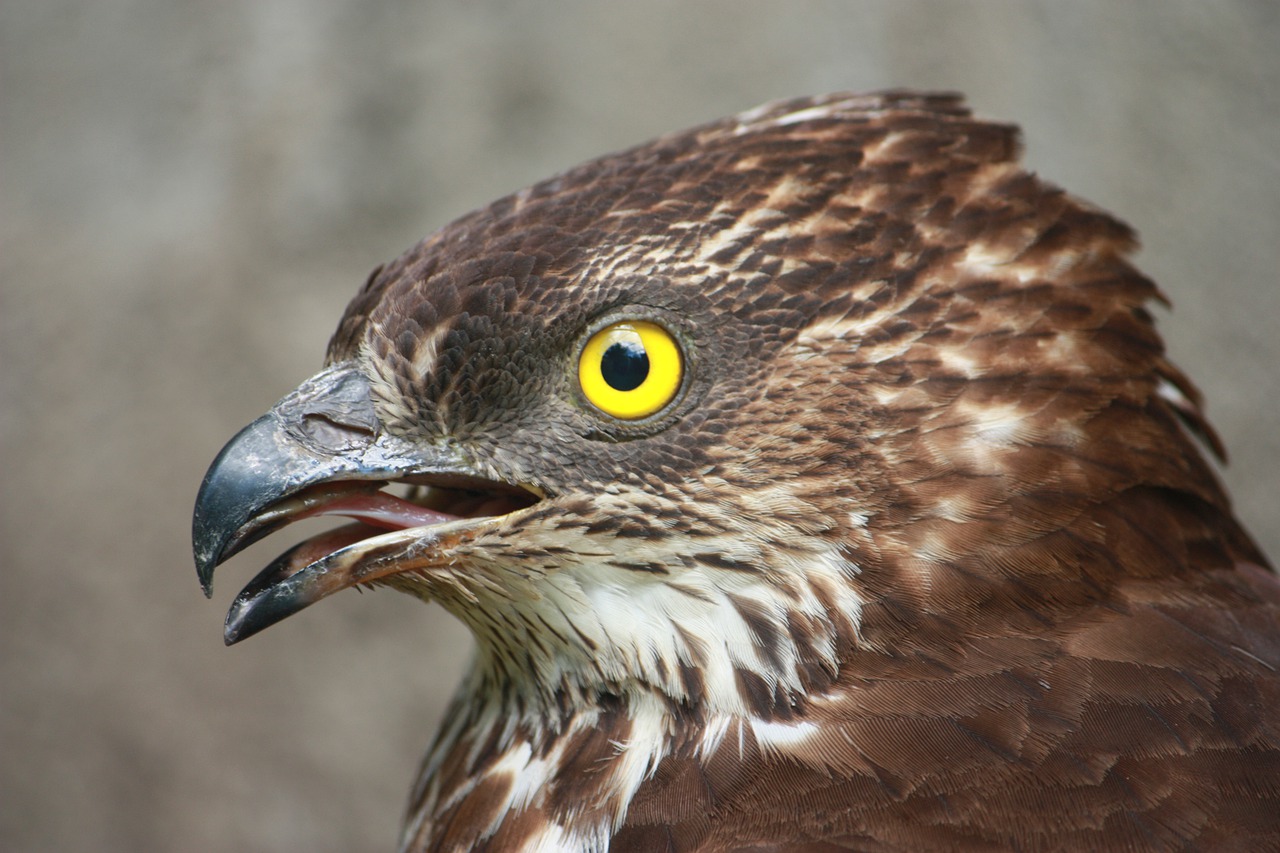Bivråkens Pernis apivorus överlevnad och beståndsutveckling i Sverige
DOI:
https://doi.org/10.34080/os.v4.23027Nyckelord:
populationsstudier, häckningsframgång, jakt, hot, dödlighet, ringmärkningsåterfynd, rovfågelAbstract
The survival rate of the Honey Buzzard Pernis apivorus was estimated using recovery data from 140 ringed nestlings that later were found dead or shot. The annual survival rate was 48.8% in the first year, 85.8% in the second year and 86.0% thereafter. By only including a subset of 53 Honey Buzzards found dead, the survival was 58.1% in the first year, 85.5% in the second year and 91.7% thereafter. For a stable population and under the assumption that Honey Buzzards breed for the first time when two years old, the reproduction must be 0.67 young/ pair and year. Without hunting, however, a reproductive rate of 0.34 young per pair is enough for keeping a stable population. With knowledge of reproduction and survival rates, the stability of the population can be estimated. In Uppland, central Sweden, the reproductive rate was 0.60 fledged young per established pair in 1986–91. However, figures from counts of migrating Honey Buzzards at Falsterbo indicate a lower reproductive rate– possibly around 0.30 fledged young/pair –and this is probably a more representative reproduction value for the total Swedish population. A reproductive rate around 0.3 young/pair and year is close to the estimated value for a stable population without hunting.
Nedladdningar

Downloads
Publicerad
Referera så här
Nummer
Sektion
Licens
Författaren/författarna innehar copyright för varje enskilt bidrag, men samtliga bidrag är publicerade under en Creative Commons-licens, så att vem som helst kan dela och återanvända bidraget förutsatt att copyright-innehavaren erkänns.







